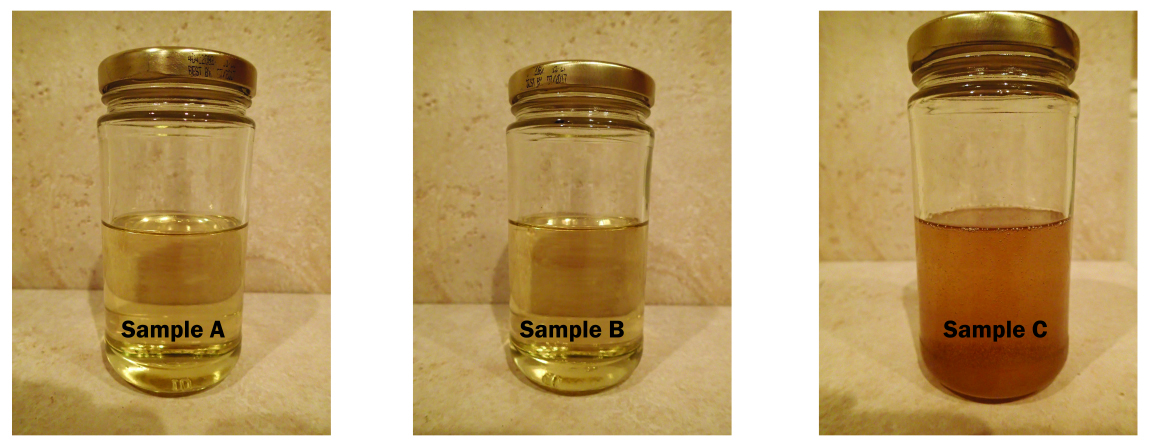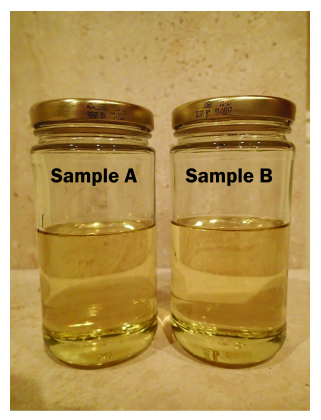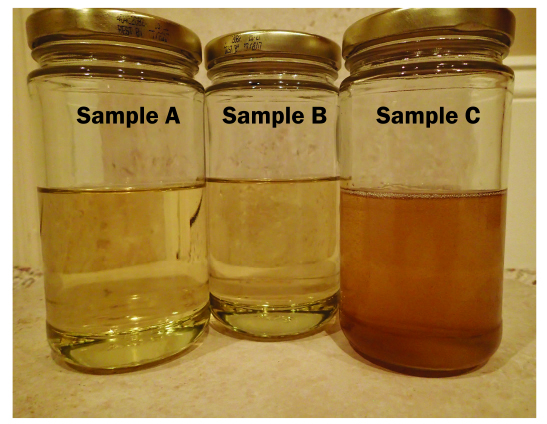
"Clean" Is a Relative Term
New oils come in all different sizes and shapes of containers. Square totes. Cylindrical Drums. Tanker style bulk trucks. Five gallon pails. Quart container. This equates too many different handling methods, some of which are adequate for the sake of reliability, most of which are not.
It has been stated in the past that while new oils may be new, they certainly are not clean. We have also learned over the years that the word “clean” is a relative term. The definition of “clean” as it relates to lubrication oils is dependent on variables such as component type, system pressure, etc. For instance, a low pressure hydraulic system powered with a gear pump is much more tolerant to particle contamination than a high pressure hydraulic system powered with a piston pump where servo-valves are in play. Regardless of the definition of “clean” that is required in industrial equipment, very few instances of measuring new oil cleanliness have found values that are adequate for addition to industrial machinery.
The following are examples of samples pulled from new oil containers of various types. The sample was run through a standard .8um filter patch and reviewed under a microscope.

Taking A Closer Look
Of course, it is always easy to see contamination when reviewed under a microscope. But what does this mean when we look at the actual oil itself. The following are three oil samples at different levels of cleanliness:

It is easy to tell that Sample C stands out amongst the three as the dirtiest sample. Few end users would actually put this fluid into their systems upon visual identification.
However, when placing Sample A and Sample B side by side, there appears to be very little difference to the unaided eye. While a light back ground does allow for a slight color variation between the two samples, field conditions would suggest that both samples are identical. Unfortunately, this is not the case.
New oil cleanliness measurement follows the same guidelines and ISO standards as used oil cleanliness measurement. Using automatic laser particle counters and the current ISO 4406:99 Cleanliness Code for reporting, Sample A has an ISO Code of 12/10/8. Following the same procedure, Sample B has an ISO Code of 20/18/16 while Sample C has an ISO Code of 24/22/20. Visually, Samples A&B are closer in comparison however; Sample B has approximately 250 times more particles than Sample A. Sample C has 16 times more particles than Sample B.

Visual Inspection Not Enough
A visual inspection of new oil simply is not adequate to confirm serviceability of new oils. Procedures should be in place to address a proper sample and testing strategy for all new oils, as well as standard operating procedures around filtration of new oils.
SKF has stated that “as long as particles larger than the lubricant film are removed, bearings can have an infinite life”. While this is a debatable statement, the message behind the statement is clear. Lubricants must remain clean in order to achieve maximum equipment life. This can only occur through contamination ingression control and sound contamination removal capabilities. The removal should always begin with lubricant storage.

Filtration Units
There are numerous types of filtration units that can provide adequate storage. Choose those that have dedicated level gauges, breathers, filters, pumps and quick connects for dispensing. Most of these units offer the best opportunity for properly cleaning your lubricants to the desired cleanliness target.
Always keep in mind that this process must be proactive. While there are many methods and ways available to help develop a world-class lube program, you should always begin with new oil filtration. It is not by chance that properly stored and filtered lubricants result in improved equipment reliability and extended lubricant life.
Transferring Lubricants with Filter Cart
While transferring lubricants, use a filter cart with filters and quick connects. You should always consider the use of quick connects, as they are considered “best practice” because they eliminate particle ingression and allow for a totally sealed system. It is always recommended to avoid the use of funnels or stinger tubes, if at all possible, as they tend to be major sources for contamination.
A good contamination control strategy considers the elimination of contaminants before the oil is used via contaminant exclusion; as well as an effective way to remove the contaminants in the used oil.
Remember, education is critical in creating a well-developed lube program.
For More Information
For more information on filtration units or contamination control, feel free to contact this article’s contributors:
Jim Kelly, National Sales Manager at Y2K Filtration
888-925-8882 or
sales@y2kfiltration.comMatt Spurlock, VP Operations at Advanced Machine Reliability Resources, Inc. (AMRRI)
317-522-7275 or
matt.spurlock@amrri.comDownload PDF of The Dirty Little Secret of New Oil